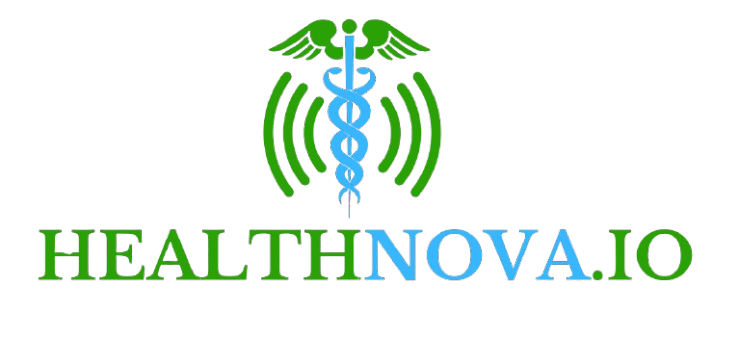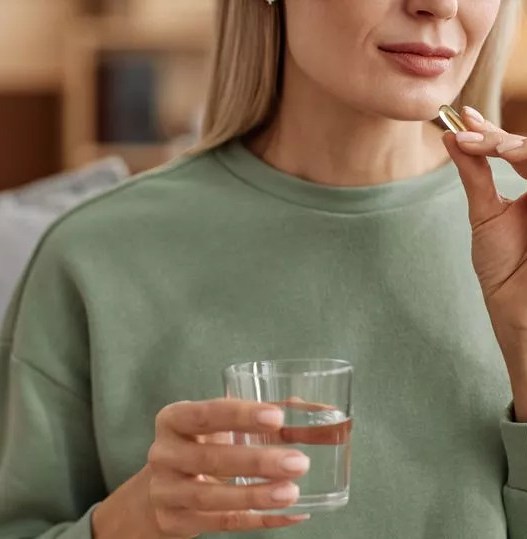This work is sponsored by children’s family society.
Many children who pass through the door of children’s family society are filled with complicated, uncertainty and sometimes painful memories.
But once a month, special things happen in the SIOUX FALLS Children’s Loving School. Elli Nyberg enters a classroom beyond just a snack. She gets stories, science experiments and living skills that can be used for a long time in CHS.

Every month, Nyberg leads to nourishing training in all classrooms. She does not teach students how to eat a balanced plate or how to eat healthier foods, but to take care of themselves in a way they never teach. Nyberg helps her lessons to model positive food habits, especially to develop children’s confidence and curiosity.
Students know her as an interesting “nutrition teacher” who performs a snack and wonderful activities, but Nyberg is a long -standing nutritionist, a comprehensive nutrition -owner, and a long -standing lecturer of CHS.
“I have been teaching classes for 18 years, and I have not repeated anything except for a series,” she laughed. “This is a small dragon nutrition story. I think that’s a supermarket. But otherwise, all the classes I taught are new.”
The trip to Nyberg’s classroom began with a daily nutritional evaluation of CHS’s new children. When she asked what she ate at home, a five -year -old child replied that she ate frozen pizza. Nyberg questioned how it was cooked.
“I told him, ‘How did you cook?’ He was frozen because he was so hungry that no one was around. ” “I sat in a chair and thought. This can’t happen. I had to teach these children how to prepare food safely if they left alone.”
Nyberg began to study the existing curriculum, but even the most basic lessons were still too complicated for middle school students. So she decided to make herself. Armed with an egg and a borrowed microwave, she entered first class. And the first class? Microwave and kitchen safety.
She used a simple way to use a microwave safety tableware, how to avoid starting fire, and tips on kitchen cleanliness. Then there was a fun part. She said she took out the courage of eggs and said today’s snacks will be scrambled eggs. She showed how to break eggs.
There, snacks have grown into other recipes that rely on basic cooking techniques such as material measurement and exchange, but no snacks, pizza bagels and ovens are not required.
She said, “I have a chance to cook at home for the convenience of fast food, sitting restaurant and food delivery service.” Food preparation is no longer modeled at home. This is not only CHS but we are looking at the whole country. “
Nyberg created a simple take home recipe card to strengthen her class. Students collect them and make custom cooking books that can be with them when leaving CHS.
“One of the things we made was a pizza bagel. I told them,” Sometimes people don’t have bagels at home. “So we brained the substitute. The children came up with corn shells, bread and crackers. I have a name. They know how to adjust the recipe and leave them. “
I agree that Ericka Bohle, a beloved school principal, is a powerful tool that helps children keep what they have learned.
Bohle said, “It’s not an official cooking book, but ELLI gets prints of recipes made by each child.” This recipe is realistic, children -friendly and simple enough to be made at home.
From pre -testing to impact
Nyberg is just a teacher. She is also a student who pursues a doctorate. Her experience in CHS was inspired by her research.
To measure the progress of the students, she developed a short, simple dictionary and post -test and asked two questions.
- Do you know how to read the recipe?
- Do you know how to measure the ingredients?
Nyberg said, “It wasn’t gorgeous.” I asked two questions at the beginning of the grade and at the end of the year. The number of hands raised was amazing. “
The data she collected is now part of the manuscript that is currently under academic review and the initial discovery is powerful. Students gained significant benefits to nutrition knowledge and food handling confidence. Even the BMI score has improved.
Nyberg said, “We have been statistically significant to improve BMI. We have few children in low weight, but even the children have reached a normal range. I think it’s fair to say that nutrition has improved and that these classes are important. “
In the case of the principal, the data simply checks that students are already watching.
“This monthly nutrition class is important because it helps students build healthy habits, support growth and learning, and prepare real life skills for the future.” ELLI’s lessons strengthen how foods affect food, focus and behavior, giving children a better choice for health and emotional regulations. “
Taste, attempt and trust
Not all classes teach nutritional facts. In fact, many Nyberg classes also include communication and trust. For children with food trauma history or sensational challenges, it may be overwhelming to have new foods in a plate before it.
Nyberg said, “I don’t pressure to eat what I get.” But I will try to encourage them to smell or touch. After all, they try it, and after a few months, they will ask, ‘What did you bring for today’s snacks?’ It is rewarding to see that progress. ”
Her snacks are not standard apples or bananas. Instead, Nyberg often ties her lessons to national food holidays or brings unfamiliar fruits and vegetables. She will take time to show a short video about food-will appear how something is harvested or where you come from. But it is part of the table approach on her farm.
“I grew up on the farm,” she said. “Most children of CHS are ‘city children’ and have never seen food actually came from.”
Bohle agrees that these things are important for children to learn and praise Nyberg for participating in her content for all children.
Bohle said, “ELLI introduced a cow called Mr. D to teach vitamin D and where milk came from.” She continues to provide attractive materials that help students understand the content in a fun and age -to -age way. “
In addition to preparing food, Nyberg teaches how to safely process kitchen hygiene, table manners and general kitchen utensils. She found some of the restaurant gratitude that many children do not know how to cut food or open milk boxes.
“We practice how to catch ‘please’ and ‘thank you’ knife and fork, and how to stir without sending a vessel that flies across the room.” It sounds simple, but no one has time to show them. “


One of the favorite activities among students was when Elli Nyberg brought vegetables and fruit plates to make flowers. This practice activity helped to visualize how children grow up. For example, carrots are root vegetables that grow underground, so use carrots to indicate roots. They used celery to indicate the stems because we ate the stems of the plant.
There, the class has been extended to the same topics such as plant anatomy, intuitive meals and even food allergies. Her lessons are constantly evolving and not boring. My favorite series for many students was the training class for the digestive system.
Nyberg said, “One time, the food did this series about how to pass the GI Tract using ZIPLOC bags, real food, water and lady nylon.

Another interesting activity for children was to build food groups. Each child has five circles, and each food group writes favorite food.
According to the principal, students are looking forward to nutrition classes and the lessons are insisted on.
Bohle said, “Children look forward to seeing Eli and participating in their activities.” They ask a lot of questions and find out how to make food. “
One of Nurg’s favorite memories happened during the epidemic period. The nursing home in the SIOX FALLS area asked her for help because residents were missing a large amount of weight and missed their families. She encouraged the children to write letters to the residents and to eat and keep them positively in uncertain times.
“I didn’t intend to make this activity so much,” she said. “This really impressed the children and made me think about others and their situation. These letters have lifted the souls of more than 100 precious men and women who are so sad in the last chapter of their lives.
Next is sampling.



More than research
CHS is not part of Nyberg’s research, but her “fun job”. And her work is far beyond her beloved school class, while her work supports her Ph.D. She is greatly involved in almost every part of the CHS nutrition program. She reviews the menu, follows her staff, finding a creative way to comply with federal rules, perform children’s nutrition, reducing food waste, and how to connect food and behavior.
“Yes, you can perform nutrition analysis and solve all numbers to meet the rules,” she said. “But I think the most meaningful part of my work is the effect of children in the classroom.”
Earlier this summer, working on Avera Behavioral Health Hospital, Nyberg met with all CHS children, teenagers and young people. The most important part? They did not recognize her. They remembered her and her taught.
“I met 5-6 of them now. The children remembered and hugged me,” she said. “Through class, they answered my questions and interacted with me and remembered what we talked about in CHS’s nutrition class. The experience was so rewarding.”
It is clear that her lesson is more than simply teaching nutrition. Nyberg’s skills, confidence and trust were given to students to take care of them.










































